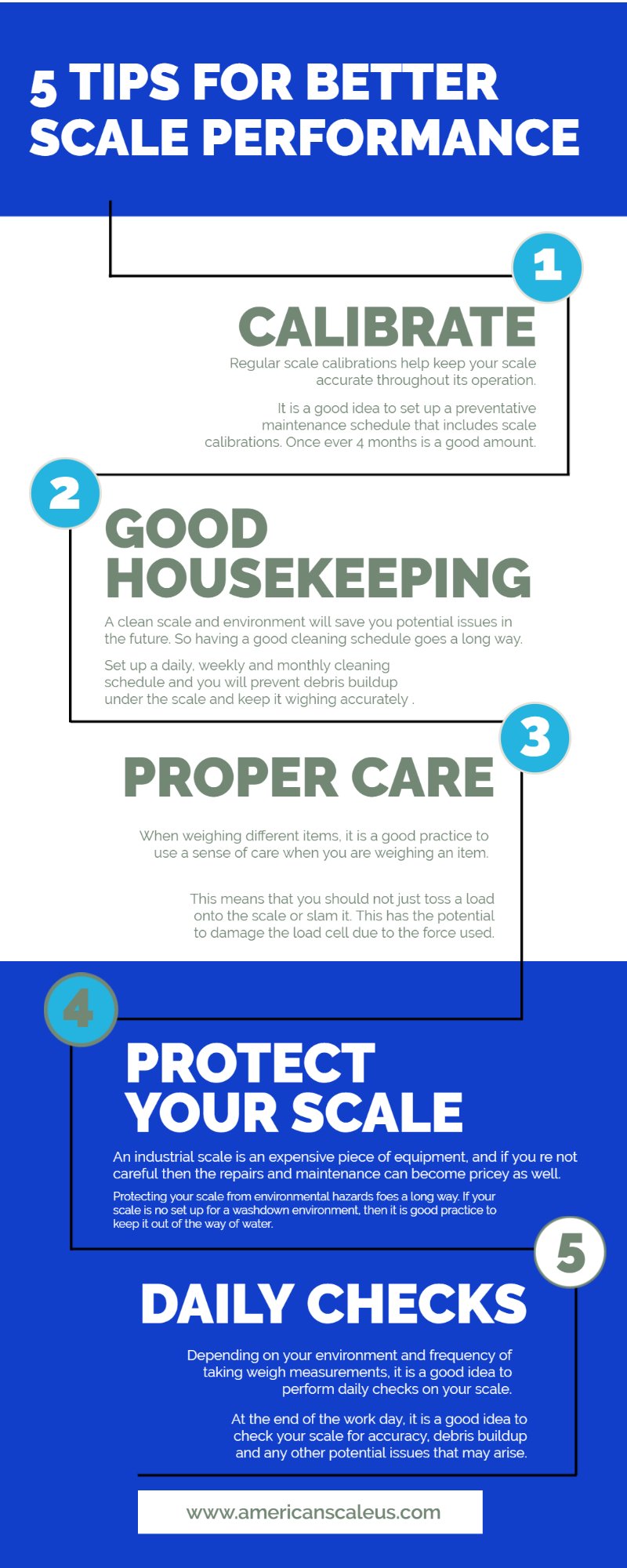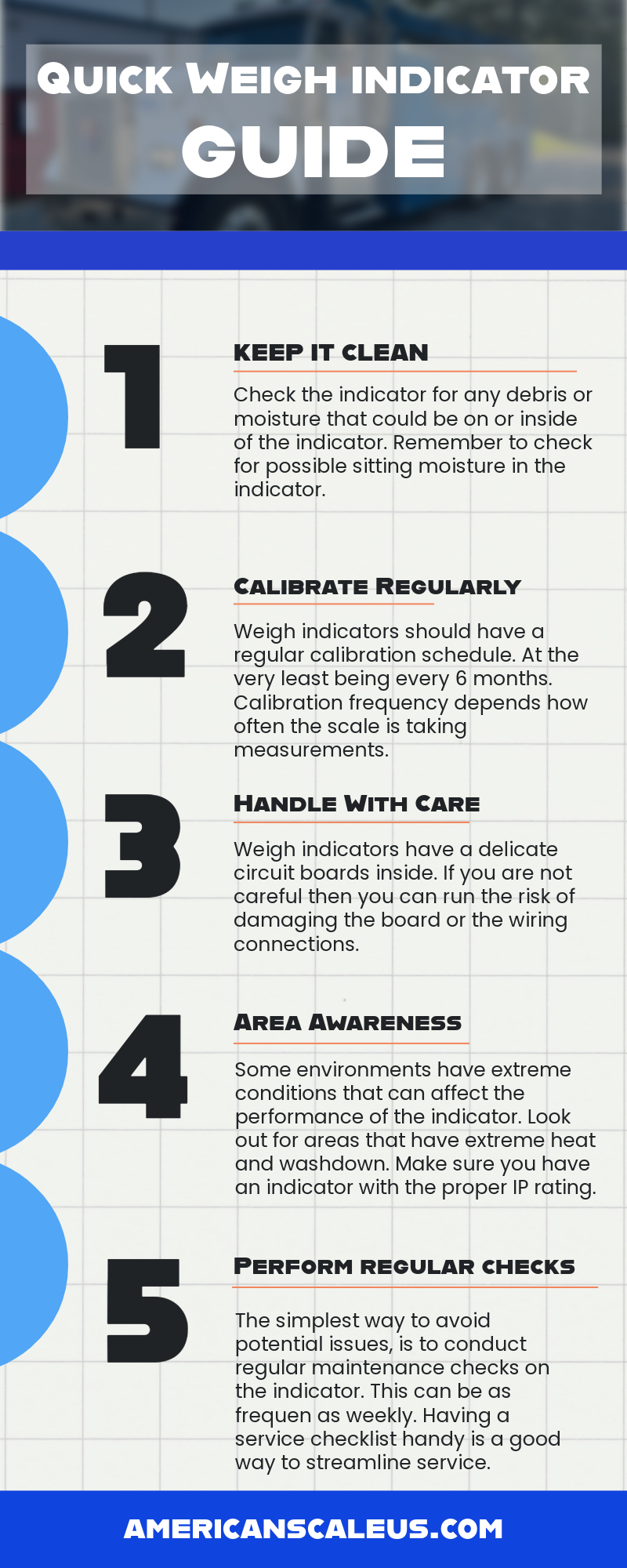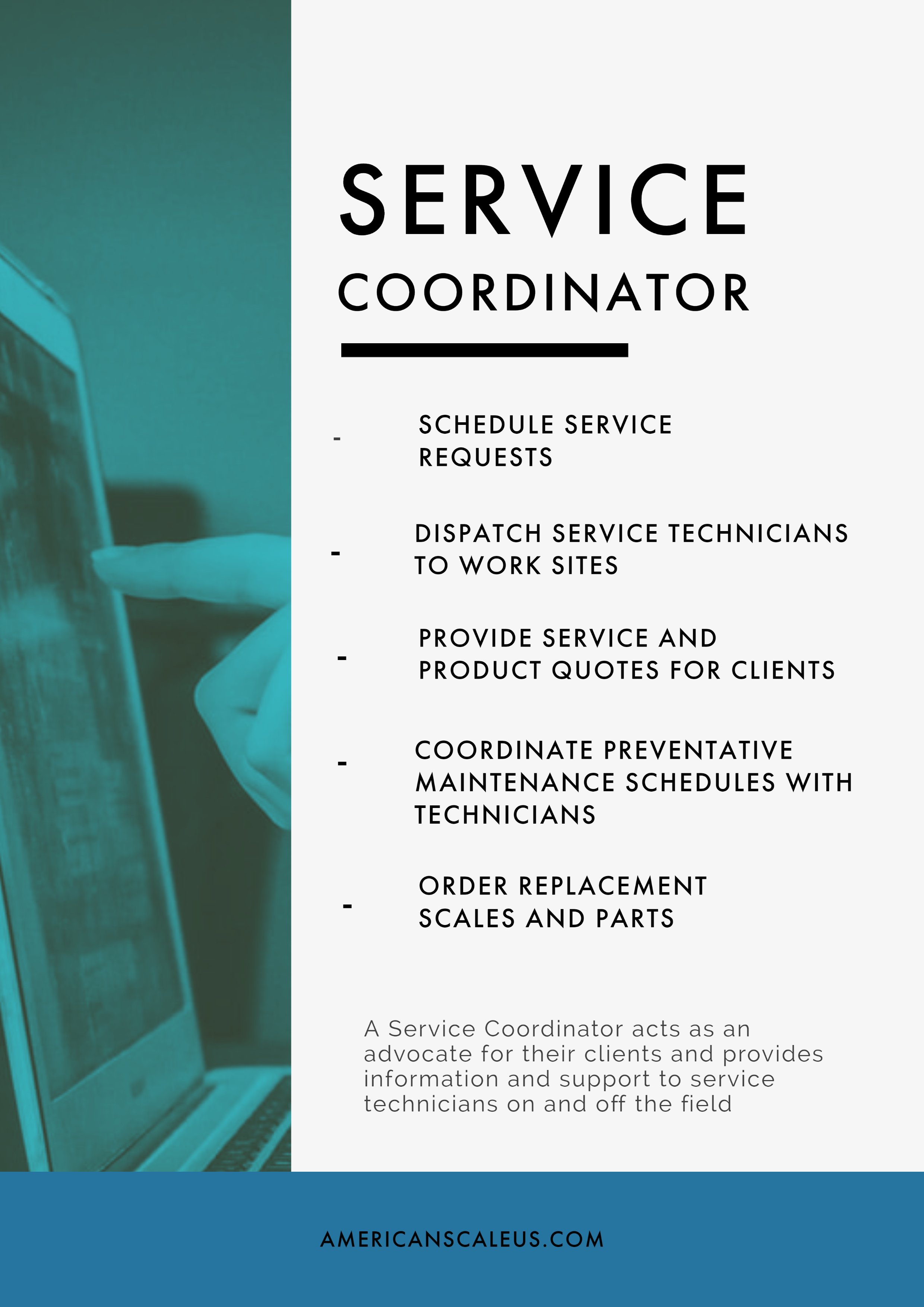Industrial scales play a crucial role in various industries, enabling accurate measurements of weight and quantity. From manufacturing to logistics and agriculture, these scales are indispensable tools that ensure product quality, compliance with regulations, and efficient operations. To maintain their reliability and precision, regular inspections are essential. In this article, we delve into the significance of frequent inspections for industrial scales and the best practices to ensure their optimal performance.
Why Regular Inspections Are Vital?
Accuracy and Consistency
Industrial scales are employed to measure large quantities of goods or materials accurately. Over time, due to continuous usage and environmental factors, these scales may experience wear and tear, leading to reduced accuracy. Regular inspections help identify and rectify calibration issues, ensuring that the scales deliver consistent and reliable readings.
Compliance with Regulations
In many industries, adherence to strict regulations and standards is mandatory. Non-compliance can result in severe penalties, product recalls, or legal disputes. Routine inspections assist in keeping the scales in compliance with industry-specific regulations and standards, safeguarding businesses from potential liabilities.
Preventing Costly Errors
Inaccurate measurements from industrial scales can lead to costly errors. Overestimating or underestimating the weight of materials may result in wasted resources, substandard products, or costly production delays. Regular inspections mitigate these risks, enabling businesses to make informed decisions based on precise measurements.
Maximizing Operational Efficiency
Smooth operations are essential for any industrial process. Scales that undergo regular inspections are less likely to encounter unexpected breakdowns, reducing downtime and increasing overall operational efficiency.
Recommended Inspection Frequency
The ideal frequency of inspections largely depends on several factors, including the scale's usage, environmental conditions, and industry-specific requirements. However, the general consensus among industry experts is that industrial scales should be inspected at least once every six months. For scales subjected to heavy usage or harsh environments, more frequent inspections, such as quarterly or even monthly, may be necessary.
Key Aspects of Scale Inspections (Calibration Checklist)
Calibration Checks
Calibration ensures that the scale provides accurate readings by adjusting it to a known standard. During inspections, a qualified technician should verify and, if necessary, recalibrate the scale to maintain its accuracy.
Load Cell Inspection
The load cells are vital components responsible for converting the applied force into an electrical signal. Regular inspection of load cells ensures their integrity, preventing potential malfunctions and inaccuracies.
Structural Integrity
Inspecting the overall structure of the industrial scale is essential. Any signs of damage, corrosion, or misalignment should be addressed promptly to maintain the scale's reliability and safety.
Electrical Components
Electrical components, including display panels, wiring, and power supply, should be inspected for signs of wear, damage, or loose connections. Ensuring the proper functioning of these elements is vital for accurate readings and safe operation.
Environmental Considerations
In industries with harsh environmental conditions, such as excessive dust, moisture, or temperature variations, additional inspections may be necessary. Dust and debris can accumulate on scale components, affecting their accuracy over time.
Closing Words
Regular inspections are the cornerstone of maintaining the precision, compliance, and safety of industrial scales. By adhering to a recommended inspection frequency and addressing any issues promptly, businesses can rely on these essential instruments to support their operations efficiently. Moreover, frequent inspections contribute to improved product quality, reduced wastage, and increased customer satisfaction, making them a worthwhile investment for any industry that relies on accurate measurements.
At American Scale we strive to bring you informed and useful content on all things scale related. Be sure to check out our Learning Hub for technical articles on industrial scales for every application.














